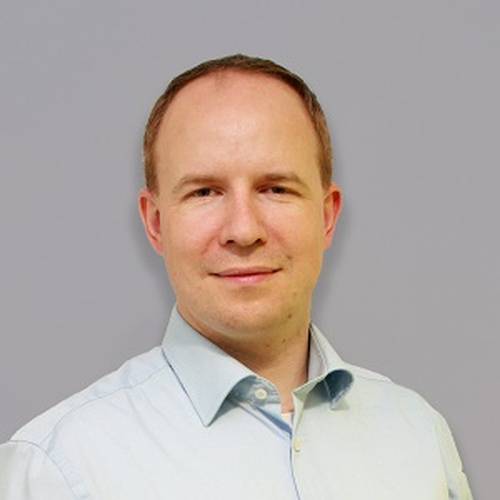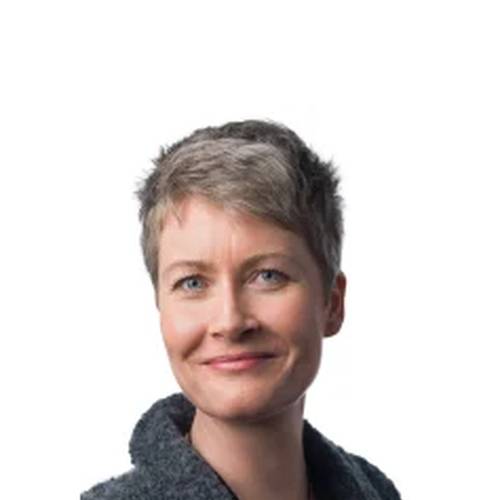About This Webinar
Multiphoton excitation and nonlinear imaging microscopy are being used increasingly in biomedical research for high-resolution live-cell imaging. However, traditional single photon techniques have a limited ability to penetrate deep into biological specimens due to out-of-focus fluorescent backgrounds and limited resolution. In contrast, multiphoton excitation enables deeper imaging with higher resolution, resulting in a more localized emission. The efficiency of this imaging technique is highly dependent on the peak power of the incident light during the pulse, with shorter pulses resulting in higher peak power and stronger generated signals.
Photodamage is one of the main limiting factors in live cell microscopy, with constant exposure to high average laser power accelerating phototoxicity. Ultrafast laser technologies that deliver ultrashort femtosecond pulses with high peak powers increase the likelihood of simultaneous multiphoton events and the nonlinear emission efficiency. However, the ability to generate ultrashort pulses below the 80 femtosecond (fs) limit has been relatively limited until now.
This presentation discusses the advantages of using sub 50 fs pulses, typically 35-40 fs, for enhanced multiphoton microscopy. The higher peak power of these ultrashort pulses results in a significantly increased nonlinear imaging efficiency and improved signal brightness. Additionally, for time-lapse live-cell imaging that is sensitive to phototoxicity, the combined lower average laser power and high peak power delivered by sub 50 fs pulses enhance cell viability and considerably extend imaging times. Prochnow highlights applications in real time imaging of biopsies and acute tissue slices, over extended periods of time, using label-free multimodal non-linear microscopy where the sub 50 fs lasers offer a promising avenue for improved multiphoton microscopy in biomedical research.
*** This presentation premiered during the
2023 BioPhotonics Conference. For more information on Photonics Media conferences and summits, visit
events.photonics.com.
About the presenters

Oliver Prochnow, Ph.D., is a founder of VALO Innovations, which has been a part of HÜBNER Photonics since 2021. He developed the sub 50 femtosecond fiber lasers which now build the VALO Femtosecond Series from HÜBNER Photonics. He holds a doctorate in physics from University of Hannover, Germany and during his doctorate studies he worked at Laser Zentrum Hannover e.V. focusing on ultrafast fiber lasers and amplifiers. He is an author or co-author of more than 45 scientific publications.

Marloes Groot, Ph.D., is a biophotonics and medical imaging professor at Vrije University in Amsterdam, Netherlands. She earned her doctorate in photosynthesis research.